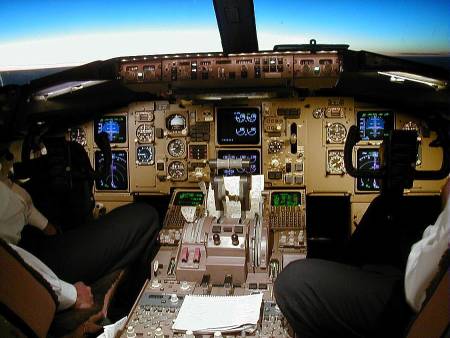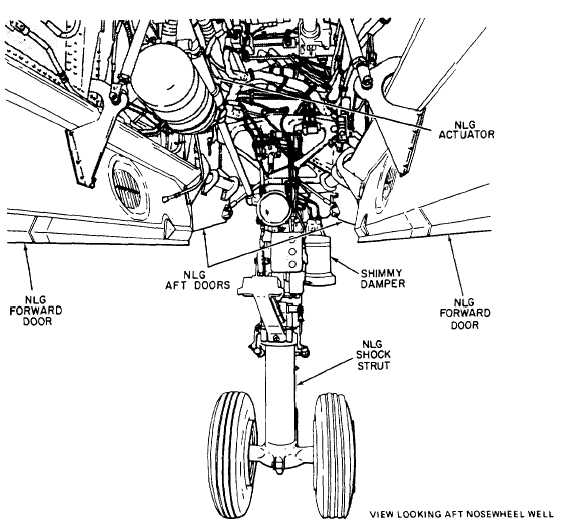
Some a/c have free castering nose wheels; most have steerable.
Mechanical Steering Systems
Uses foot power to steer the aircraft – no assistance
Some types will disengage when the gear is retracted
Some types have an automatic centering device when weight is off the a/c
Tail Wheel
Conventional gear use the tail wheel to steer
May be a castering type with no steering capabilities (rudder steers)
May be lockable, for parking purposes
Power Steering Systems
Used where large amounts of force are required to steer
Controlled by pilots rudder pedals, OR
By a steering wheel, OR
By a combination of both
Most will require a towing bypass valve which allows
Ground crews to to the a/c without damaging the system
Retraction Systems
Purpose: reduce drag, or adapt a/c for landing on different surfaces
(consider retractable wheels on float systems)
Mechanical Systems
Crank mechanism, or uses a lever pulled by the pilot
This method may use a mechanical latch system to lock wheels “up”
No emergency backup available for this system
Electrical Retraction Systems
Uses a central motor and push-pull rods
Uses microswitches to detect when gear is down/locked, or up/locked
Hydraulic Retraction Systems
Most common system of retraction for most sizes of a/c
Used exclusively where landing gear is too large to be retracted by other methods
May use ED pumps, electric pumps, hand or wind-driven pumps
Emergency Landing Gear Systems
4 possible methods of dropping gear when hydraulics are lost:
air bottle “blows” the gear down
hand crank or ratched
separate hydraulic system (may be hand pump)
mechanical system which releases UP locks, and gear free-falls
Landing Gear Operation
4 main components:
shock strut
the wheel
the brake assembly
the trunnion and side/drag brace
scissors (torque links)
actuating cylinder
down & up locks
the bungee system
Using hydraulics, landing gear retraction requires greater energy than lowering
Gear rotates on the trunnion pin
Extending landing gear requires a release of the UP lock first, then
The gear can begin free falling, slowed by the snubber in the orifice check valve
Final few degrees of travel may require hydraulic pressure assistance
Bungee system is used for emergency operation:
Gear doors must be operated before extension & after retraction
Landing Gear Position Indicator Systems
Positive indication must be provided to the pilot that gear is down & locked
Safety system includes squat switches and other microswitches
Squat switches tell pilot when weight of a/c is on the wheels
Squate switches are electrically “open” when on the ground
Some a/c use warning horns: they sound when:
If gear is retracted, and throttle retarded to below cruise
Landing gear position indicators: show position of Landing gear
May use a system of different color indicator lights




No comments:
Post a Comment